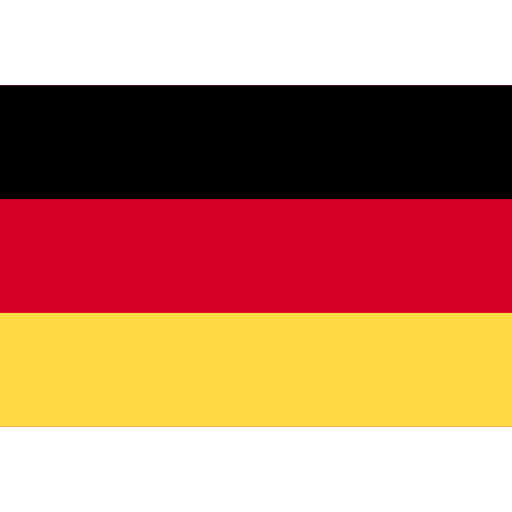Max Ackermann
(Berlin 1887 - 1975 Unterlengenhardt (Schwarzwald))
With his work, Max Ackermann succeeded in building a bridge from the 19th to the late 20th century. In a letter to Ackermann, Adolf Hölzel names him as the perfector of his idea of color. He embraced Tachism and, most recently, influences of Pop Art. In the technique of pastel, to be classified between painting and drawing, from the 1950s he found his way in search of the harmony of form and color. In the music of Bach, Beethoven and Stravinsky he sought to fathom the longing for the absolute. The inspirations through them resound, for example, in the titles such as "An die Freude".
Vita
1887
born in Berlin
1903 - 1906
apprenticeship as porcelain modeller in Ilmenau
1906 - 1907
scholarship from the Grand Duke Wilhelm Ernst of Saxony-Weimar to attend the Arts and Crafts Seminar in Weimar with Henry van de Velde
1908 - 1912
studies at the art academies in Dresden, Munich and Stuttgart
1924
exhibition at the Württembergischer Kunstverein (Art Association)
1926
trip to Paris, meeting with Adolf Loos
1928
exhibition together with Wassily Kandinsky and George Grosz in the Kunsthaus Schaller, Stuttgart
1930
trip to Ticino & Monte Verità
1930 - 1936
teacher for Absolute Painting at the Volkshochschule (Community College) Stuttgart
1936
ban on teaching and move to Horn on Lake Constance; internal emigration
1952
together with the composer Wolfgang Fortner seminar on painting and music
1953
together with the architect Hugo Häring seminar on painting u. architecture
1956
successor to Willi Baumeister on the Council of Ten of the Baden-Württemberg Artists' Association
1964
trip through Italy & three months stay in Rome
1969
exhibition at Goodspeed Hall d. University of Chicago
1975
dies in Unterlengenhardt

.jpg)
.jpg)
.jpg)
.jpg)
.jpg)
.jpg)
.jpg)
.jpg)
.jpg)
.jpg)
.jpg)
.jpg)
.jpg)
.jpg)
.jpg)
.jpg)
.jpg)
.jpg)
.jpg)
.jpg)
.jpg)
.jpg)